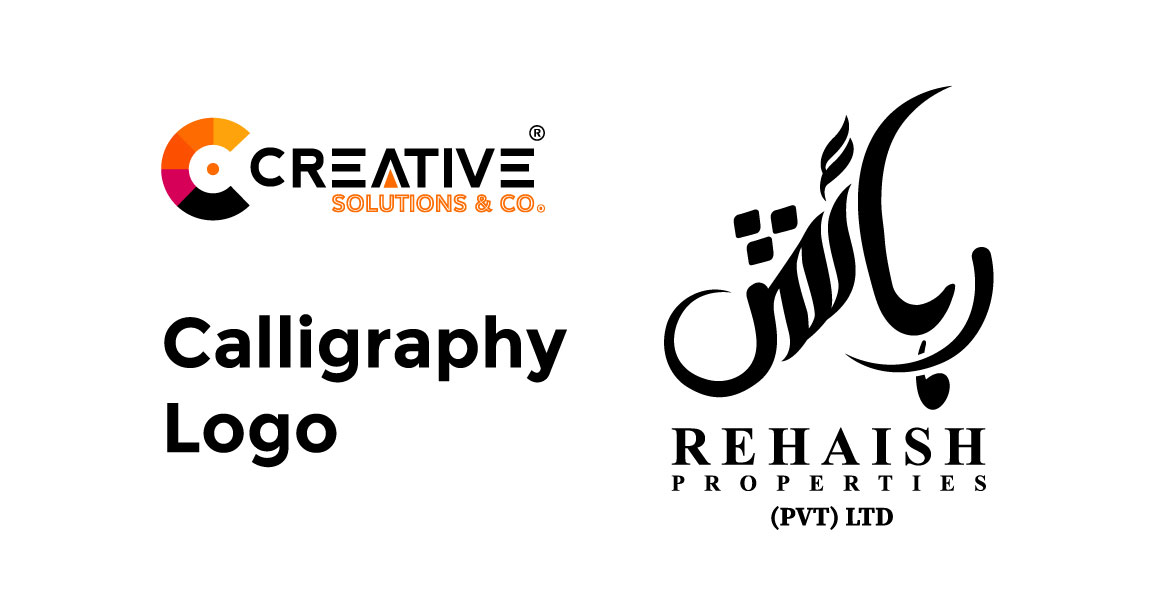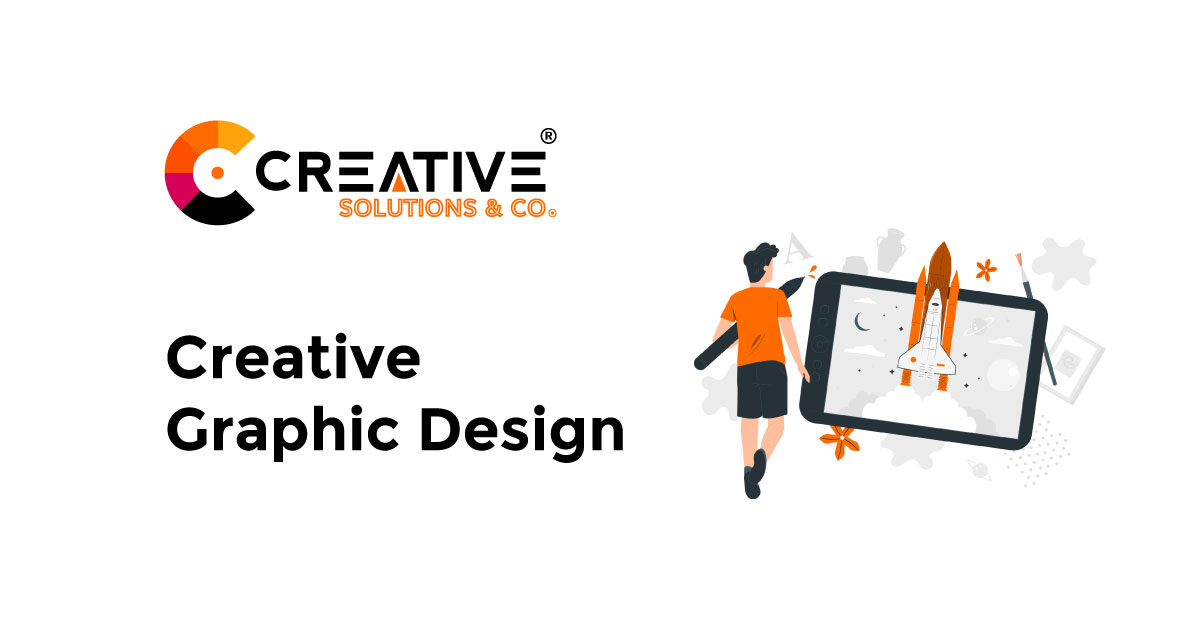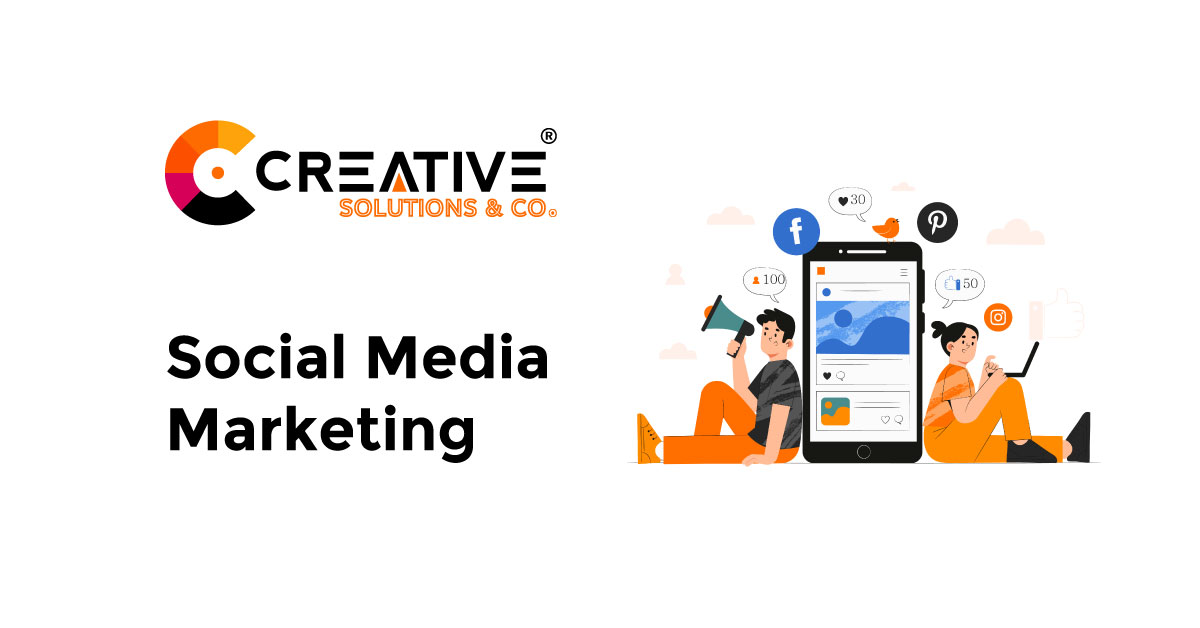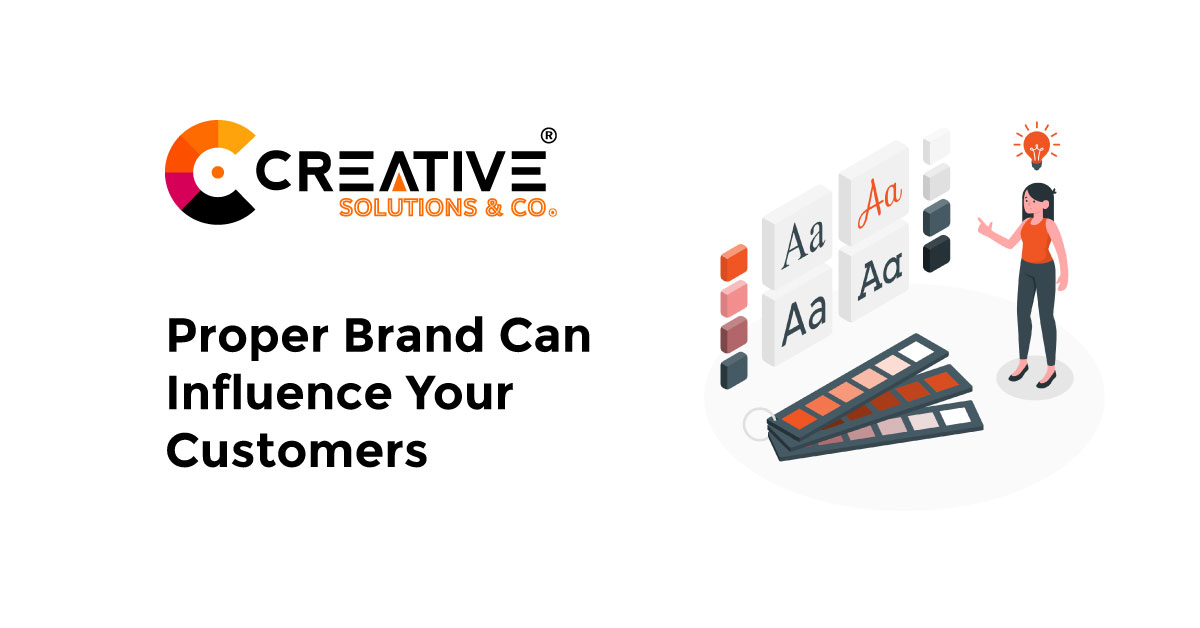
Design is a skill that many businesses can learn, but only the truly gifted graphic design company will be able to take it to the next level. It can be difficult to establish a name brand in an industry as competitive as graphic design. But here it begs a question: What made Creative Solutions & Co top in the field of competitive graphic design in Pakistan? The Best Graphic Design Company in Pakistan followed the above-mentioned pointers to reach the apex of success. Know Your Worth One of the most important lessons that many seasoned designers wish they had learned when they first started out is how to value the price of their work to avoid getting sucked into a cycle of undercharging. “Know your worth and stick to it,” Bonnie Bryant O’Connor, owner of Bonnie Bryant Creative, recommends. Bryant says she knows the temptation to do work for low pay when you’re first starting out, but you’ll quickly realize that low-paying clients can quickly drain your time, energy, and talent. “Do not undersell yourself because you’re ‘just starting out,’ and do not take work for referrals,” agrees Jill Caren, owner of 2 Dogs Design. “Be strong and confident in your work and charge a fair rate. Bringing on clients who minimize your value will never benefit you.”, quote-unquote. There is no such thing as Instant Success Whether there’s one thing you can almost certainly count on, it’s that business will appear to be quite lean in the early years. “There will be months when no revenue comes in,” Michael assures. Creative Solutions & Co. experience suggests the same. All new business owners have a plan in place for these times in order to keep their heads above water and to always persevere. “If you can make it to three, five, or beyond, you’ve got something special.” Be Authentic The best reason for starting a graphic design business is to assume charge of your own creative work. You get to pick the type of work you want to do and who you want to work with. Another of the main reasons designers strive to establish their own brands is the ability to have a say in the projects they take on. That’s why it is critical to establish your design aesthetic early on. Even if you’re desperate for work, staying true to your personal design mission can put you on the right track to continue doing the type of work you want to do.








